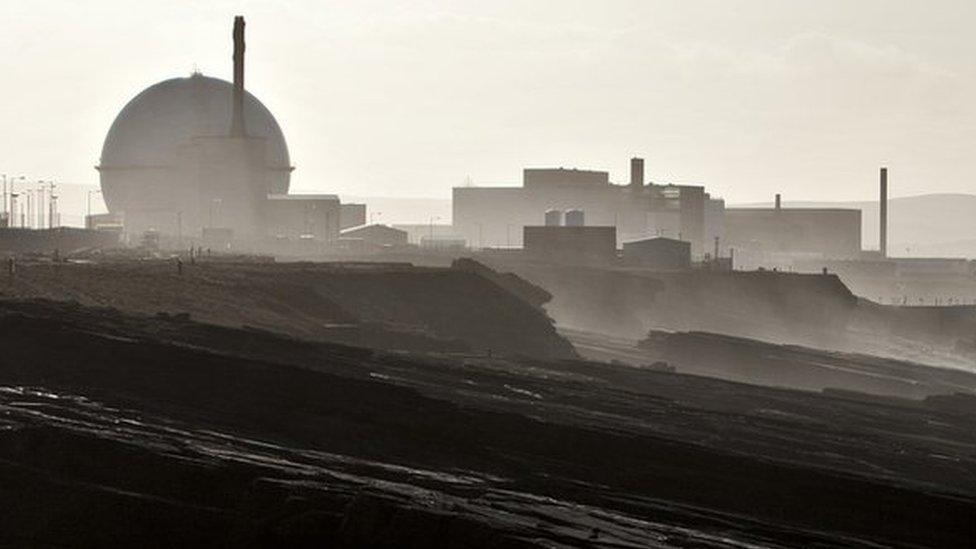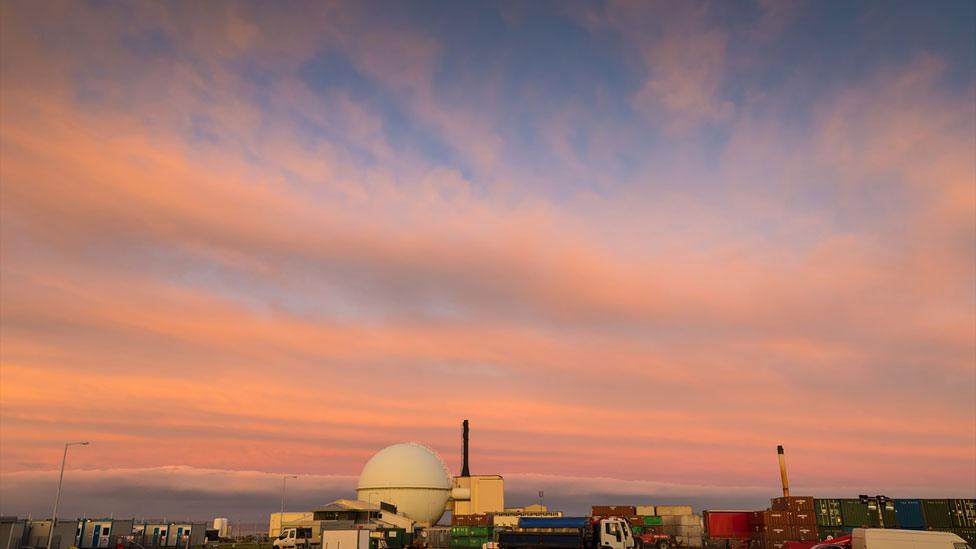Robots considered for Dounreay's most contaminated areas
- Published

Facilities at Dounreay are in the process of being cleaned up and dsimantled
Scientists are looking at ways to make greater use of robots in cleaning up and taking apart the most highly radioactive areas of Dounreay.
The nuclear power complex on the Caithness coast near Thurso is being decommissioned.
Robots have been used previously to reach contaminated parts of the site.
Dounreay's operator said they were working with Robotics and Artificial Intelligence in Nuclear (Rain), a consortium of universities.
Led by the University of Manchester, they are exploring the potential for using robots in the Fuel Cycle Area (FCA), which has the most contaminated parts of the site.
Dounreay said the most contaminated areas were "generally also the most inaccessible".
A group of scientists from Rain carried out trials earlier this year in the FCA laboratories of a small remotely operated vehicle equipped with sensors, cameras and a manipulator "arm".
Hi-tech worm
A robot was used previously to demolish parts of a site associated with the first operational reactor to achieve criticality in Scotland more than 60 years ago.
The Dounreay Materials Test Reactor (DMTR) achieved criticality, a nuclear term referring to the balance of neutrons in the system, in 1958.
The robot, Brokk 180, was used to dismantle parts of the interior of the reactor's support buildings.
A device described as a hi-tech worm was also used to probe the condition of a pipeline once used to discharge radioactive effluent.
The £100,000 pipe crawler beamed back images from inside the system.
- Published27 June 2019

- Published15 October 2019

- Published14 November 2017
